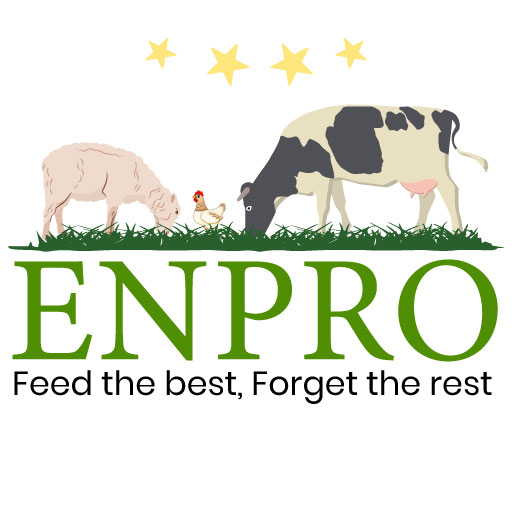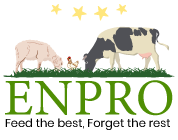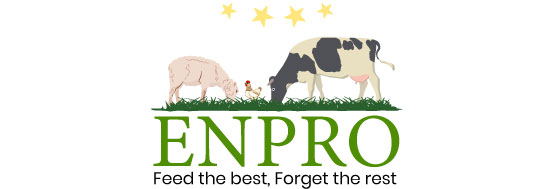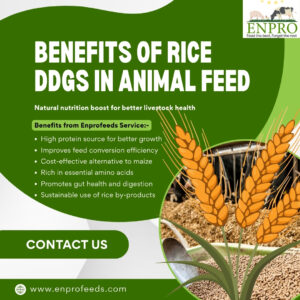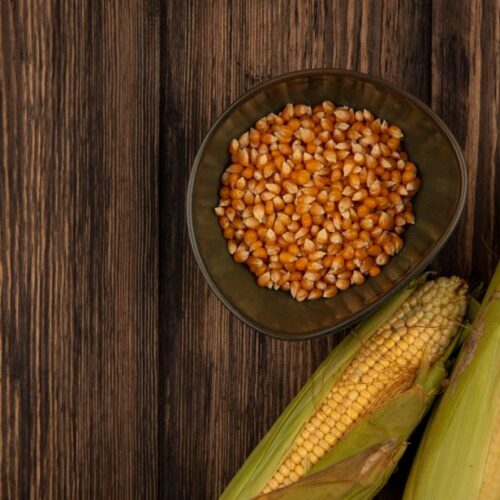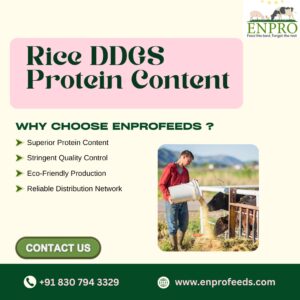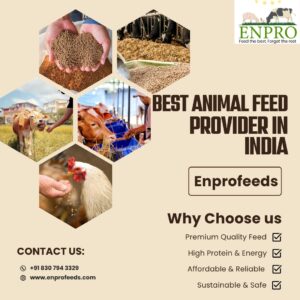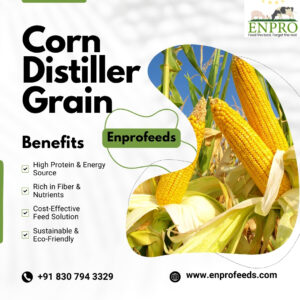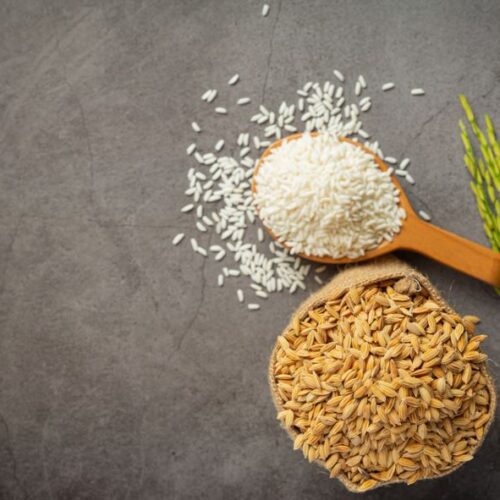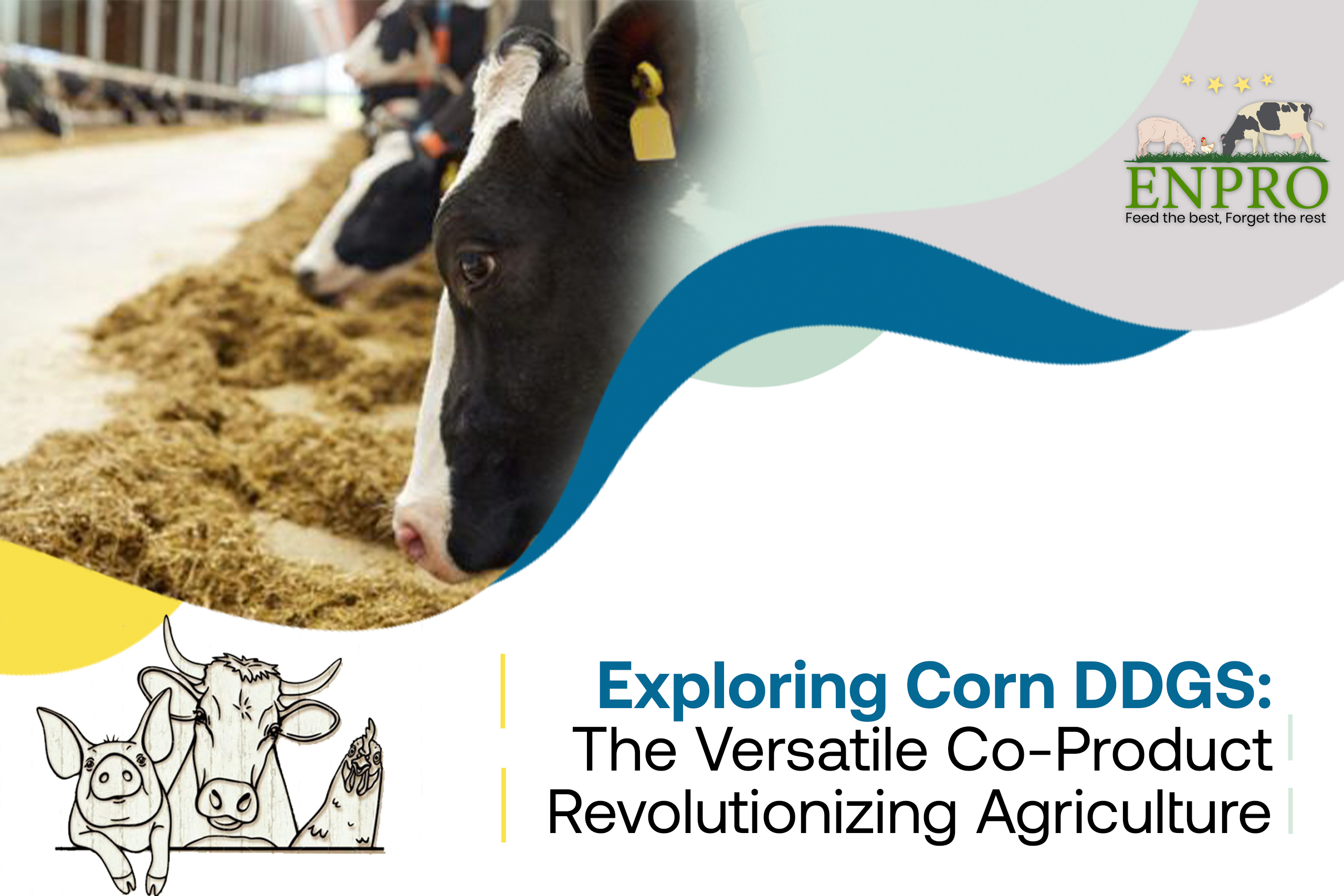
Corn Distillers Dried Grains with Solubles (DDGS) may sound like a technical term reserved for agricultural experts, but its impact extends far beyond the confines of the farming community. This versatile co-product, derived from the ethanol production process, has emerged as a cornerstone in sustainable agriculture. From animal feed to bioenergy, corn DDGS offers a plethora of benefits that make it a valuable asset in various industries. Let’s dive into what corn DDGS is, its production process, and its myriad applications. Exploring Corn DDGS: The Versatile Co-Product Revolutionizing Agriculture
What is Corn DDGS?
Corn DDGS is a co-product of the ethanol production industry. During the fermentation process used to produce ethanol, starch from corn is converted into alcohol and carbon dioxide. What remains is a nutrient-rich byproduct, which, after drying, becomes what we know as DDGS. This product is composed of the unfermented residues, including proteins, fats, fiber, and essential nutrients, making it an excellent feed ingredient.
The Production Process
The journey of corn DDGS begins at the ethanol plant. Here’s a simplified breakdown of the production process:
- Corn Milling: Corn is ground into a fine powder to facilitate the fermentation process.
- Liquefaction and Saccharification: The ground corn is mixed with water and enzymes to break down the starch into sugars.
- Fermentation: Yeast is added to the mixture to ferment the sugars into ethanol and carbon dioxide.
- Distillation: The fermented mixture is distilled to separate ethanol from the solids and liquids.
- Separation and Drying: The remaining solids, which include proteins, fibers, and fats, are separated from the liquid (solubles). These solids are then dried to produce DDGS.
Nutritional Value and Benefits
One of the primary uses of corn DDGS is in animal feed. It offers several nutritional advantages:
- High Protein Content: DDGS is rich in protein, making it an excellent supplement for livestock diets, particularly for cattle, swine, and poultry.
- Energy Source: With its high fat content, DDGS provides a valuable energy source for animals.
- Fiber Content: The fiber in DDGS supports digestive health in livestock.
- Cost-Effective: As a byproduct of ethanol production, DDGS is generally less expensive than traditional feed ingredients, helping to reduce overall feed costs.
Applications Beyond Animal Feed
While animal feed is the most common use for corn DDGS, its utility extends to other areas:
Bioenergy
Corn DDGS can be used in the production of bioenergy. Its high energy content makes it suitable for generating heat and electricity, contributing to the growing demand for renewable energy sources.
Exploring Corn DDGS: The Versatile Co-Product Revolutionizing Agriculture
Fertilizers
The nutrient-rich profile of DDGS makes it a viable option for use in organic fertilizers. It enriches the soil with essential nutrients, promoting sustainable farming practices.
Food Industry
In some cases, DDGS can be used as an ingredient in human food products. Its high nutritional value and fiber content make it a beneficial addition to certain food items, particularly in regions where protein sources are limited.
Environmental Impact
The utilization of corn DDGS also has positive environmental implications. By making use of a byproduct that would otherwise require disposal, the agricultural industry reduces waste. Additionally, the use of DDGS in animal feed can lower the demand for traditional feed crops, leading to more sustainable land use and agricultural practices. Exploring Corn DDGS: The Versatile Co-Product Revolutionizing Agriculture
Conclusion
Corn DDGS is a shining example of how innovation in one industry can create valuable byproducts for another. Its nutritional benefits, cost-effectiveness, and versatility make it an indispensable component in modern agriculture. As we continue to seek sustainable solutions for food production and energy generation, corn DDGS stands out as a multifaceted resource with the potential to drive significant positive change.
Whether you’re a farmer, a feed manufacturer, or simply someone interested in sustainable agriculture, corn DDGS is worth paying attention to. Its role in promoting efficient resource use and supporting the agricultural economy highlights its importance in our quest for a more sustainable future.
